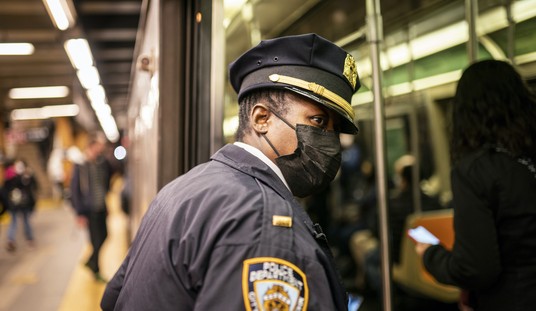The world’s fifth largest economy could soon welcome driverless cars on its infamous network of freeways.
The California Department of Motor Vehicles has proposed a new set of regulations, which if approved by the Legislature, would allow everyone who wants to have a driverless car to drive —no, ride — in one of the vehicles.
However, driverless cars could be more than a solution in search of a problem. Right now, they are a product in search of a market. The latest research shows that most of us are afraid to ride in an autonomous vehicle. And we shudder to think about a robot car coming up behind us.
These autonomous vehicles have been zipping all over California — which last year floated to fifth on the list of the world’s top economies after the UK left the European Union. But the vehicles are all owned by companies that want to bring them to the market and are only being driven by test drivers.
But the California DMV would like to see that change.
Proposed regulations for the “testing and deployment of fully autonomous vehicles” were published by the DMV on March 10. After 45 days of opportunity for public comment, a public hearing will be held in Sacramento on the regulations April 25.
So, cars could be driving people in California next year.
Twenty-seven companies have permits to test autonomous vehicles in California, as long as a driver is behind the wheel to prevent a tragic computer malfunction.
But as the Sacramento Bee editorial board pointed out, “Everyone knows the next step is coming.”
“We recognize that,” DMV Deputy Director Bernard Soriano told a Sacramento Bee editorial board member, “and now we are putting into place (regulations) that allow that to happen.”
But do we really want robots on the road?
Most of us are nervous about leaving the driving to the car’s brain, according to a AAA survey.
It showed three-quarters of U.S. drivers are more than nervous about sitting in a car with no steering wheel. Seventy-five percent of those surveyed said they were “afraid” to ride in a self-driving car.
Only 54 percent said they would be comfortable sharing the road with an autonomous auto.
But the AAA survey also showed most people, especially millennials, like some self-driving features, like cruise control and the warning system that lets drivers know when they are drifting into the wrong lane.
Greg Brannon, AAA director of automotive engineering, concluded that while most of us “continue to fear a fully self-driving vehicle,” we could get used to it down the road.
Wired reported the dream is that self-driving cars will eliminate 90 percent of the kind of human error that leaves 3,000 dead on California roads every year.
Besides the fact they won’t have any control in an autonomous auto, here’s something else that could scare people about these robot cars: How do they — the vehicles — decide what to do in life-threatening situations?
Robotics engineers crafting these paradigm-busting machines call it the “Trolley problem.”
A runaway trolley is speeding toward a group of five people who cannot move. If the trolley takes a side track, the only option available, it will hit one person who happens to be standing on the track. What does the trolly operator do?
With a robot car, it might be that a group of children is crossing the road in front of the vehicle. The only way to avoid the children is to turn left into a group of senior citizens. Another option available would be to run into the side of a building. But then the passenger in the car would be killed. What should the robot car do?
Of course, the answer to that dilemma isn’t really up to the car. It is a decision that will be made in advance by the human beings who are programming the car’s brain.
The engineers at Mercedes-Benz have decided to avoid the passenger vs. pedestrian debate.
They have decided the people in the autonomous Mercedes are the top priority. Everyone else can die.
“If you know you can save at least one person, at least save that one. Save the one in the car,” Christoph von Hugo, Mercedes’ manager of driver assistance and safety programs, told Car and Driver at the Paris auto show in 2016. “If all you know for sure is that one death can be prevented, then that’s your first priority.”









Join the conversation as a VIP Member